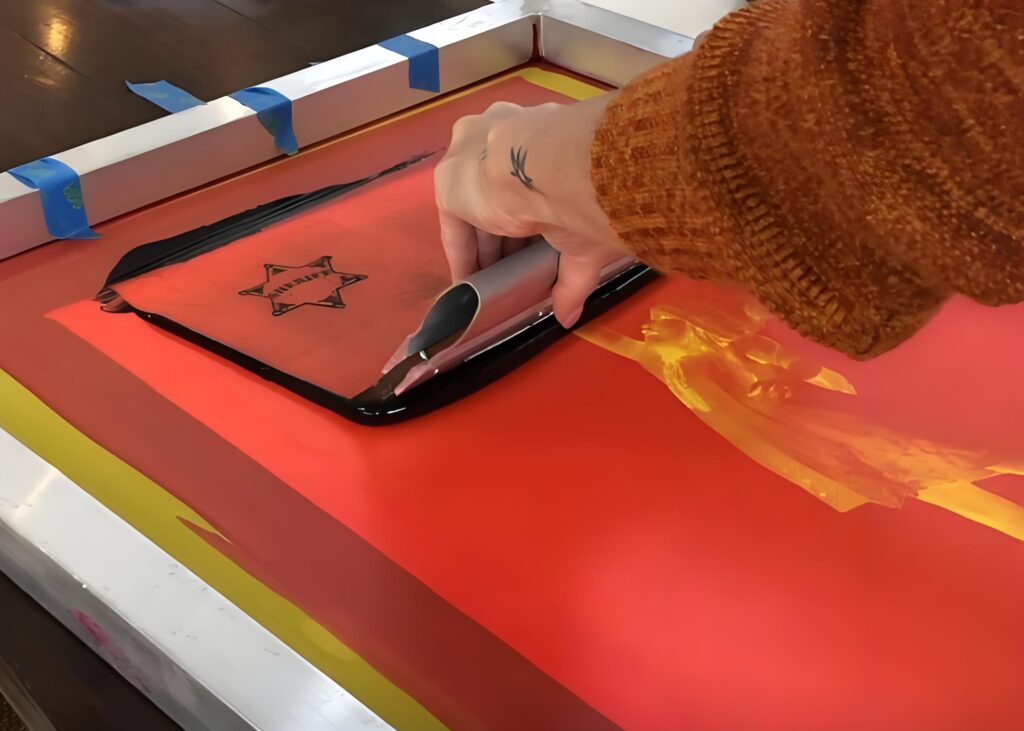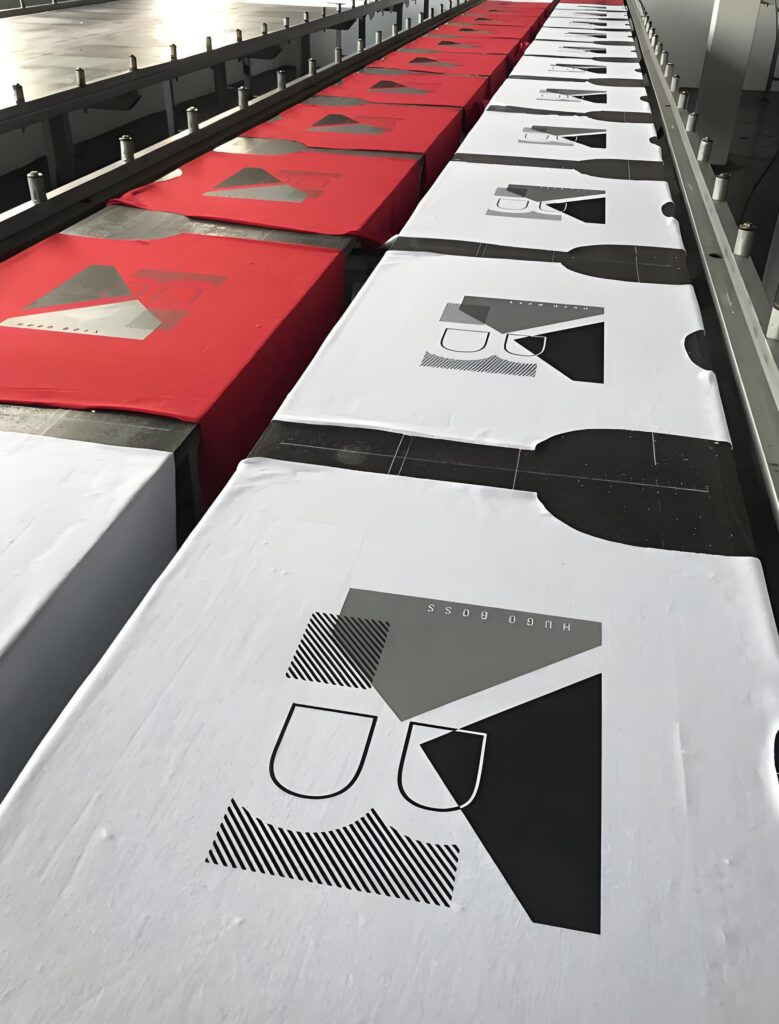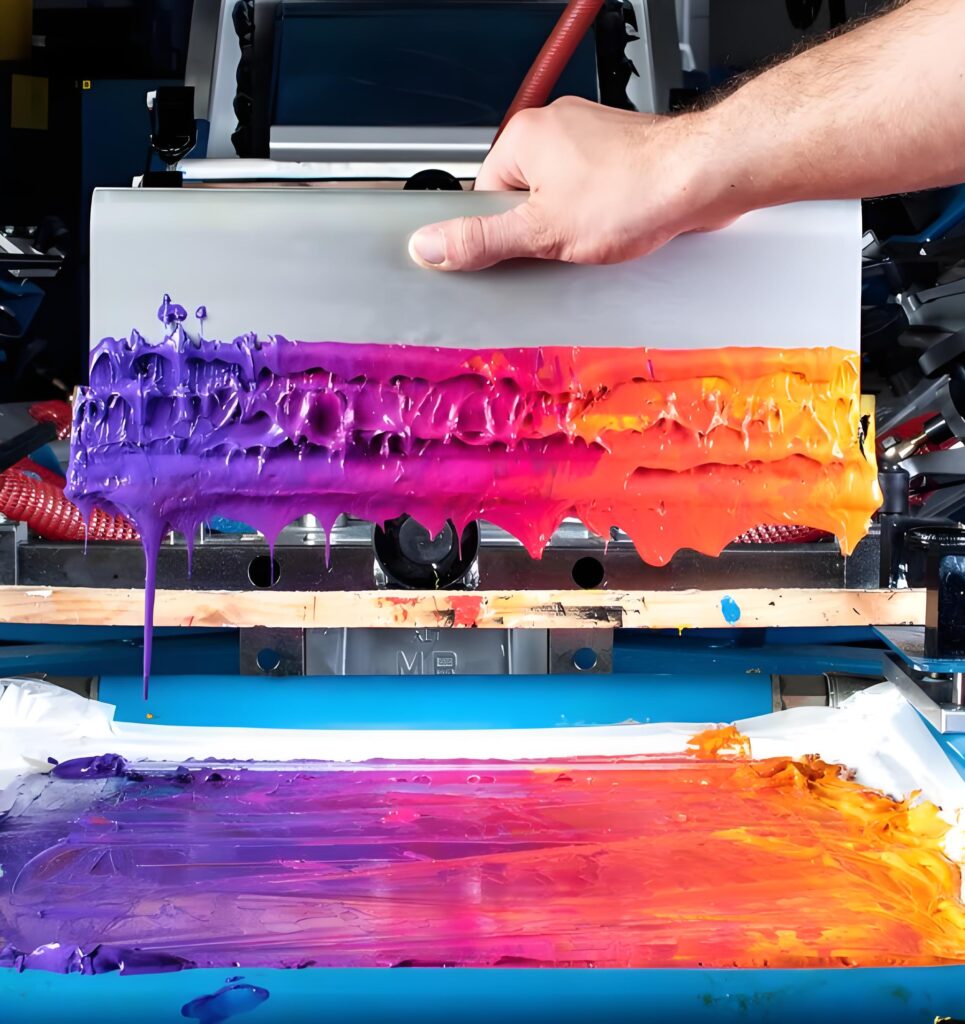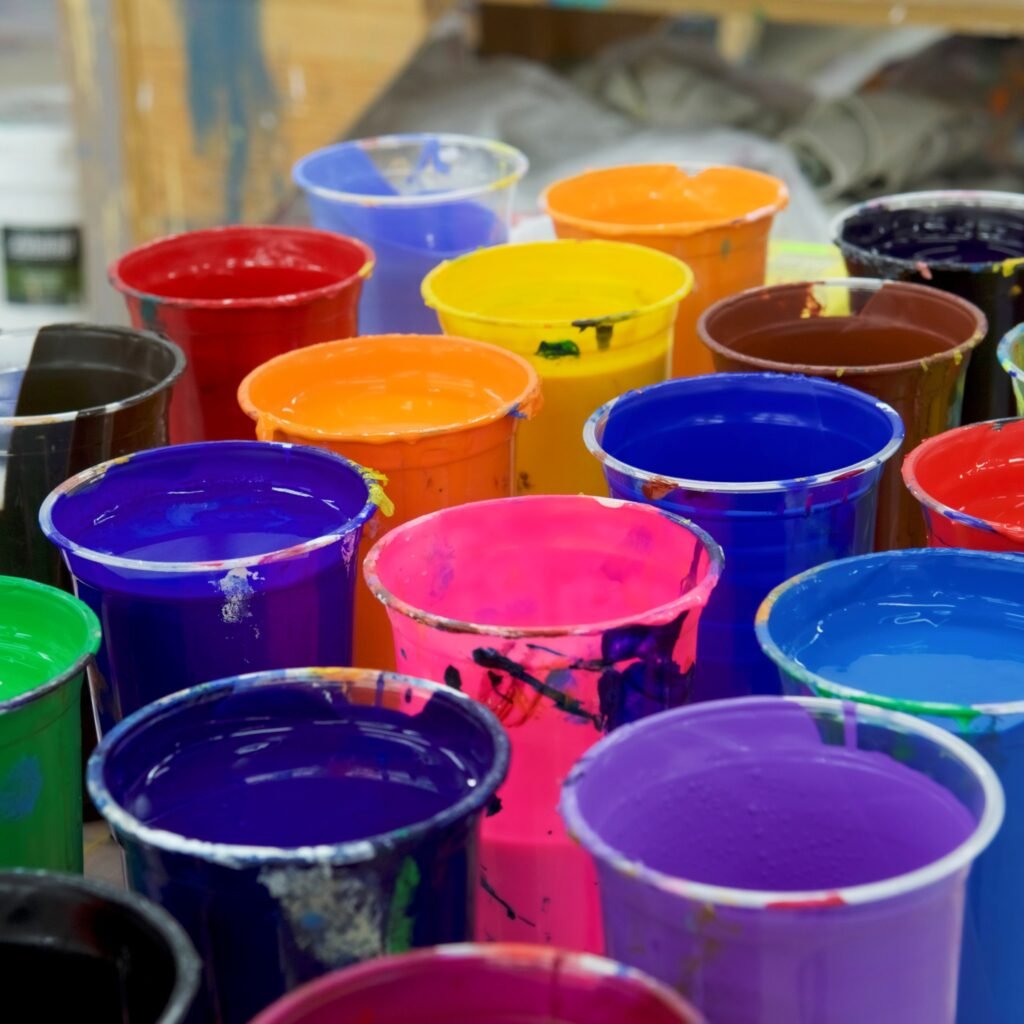Looking to grasp the world of ink for display screen print and up your display printing ink recreation? This complete article explains the whole lot you need to understand: from plastisol and plastisol ink to selecting the first-rate speedball options, the way to acquire amazing prints on any cloth, and the real distinction among material screen printing inks, screen ink, and all of the ought to-have additives. If you need actual insight into the art and technological know-how of screen printing, with realistic pointers and updated knowledge on tendencies like water-primarily based, eco-friendly, and uniqueness inks, you’re inside the right vicinity!
Why is this article really worth your time?
Whether you’re a DIY fanatic, a professional workshop operator, or an artist experimenting with fabric and material designs, expertise the intricacies of ink, display screen printing ink, and components is fundamental to producing vibrant, opaque, and lengthy-lasting prints. We’ll cut through the jargon, answer your burning questions, and assist you are making experience of options like plastisol ink, speedball screen printing, and fabric display screen printing inks—because the proper knowledge leads to higher prints, much less waste, and more
Índice
1. Que é Screen Print Ink? – A Complete Intro for Beginners
Let’s kick matters off with the fundamentals. Screen print is a technique that pushes ink through a mesh (or “display screen”) onto a substrate—usually a fabric like cotton, polyester, linen, or even cardboard and glass. What actually brings existence to this technique is your preference of display printing ink.
There are several formulations of ink designed especially for display screen printing. Quality display ink or fabric display printing inks make certain strong adhesion, vibrant vibrant colorations, and sturdiness on a whole lot of media. Whether you opt for plastisol ink, that is prized for its easy coping with and exquisite opacity, or discover water-primarily based inks for a softer and extra environmentally pleasant print, your choice shapes the final result.
Ultimately, brilliant screen prints rely on a nuanced knowledge of substances, the ink, and the exact type of printing that suits your cause. That’s why mastering about these options is so critical—splendid effects begin with the right know-how and tools.

2.Types of Screen Printing Ink: Which One Fits Your Fabric?
Your journey as a display print practitioner receives interesting once you discover the primary varieties of screen printing ink. The huge names here are plastisol, water-based, and specialty formulas like acrylic display printing ink or permaset.
Plastisol ink is supremely famous for its ease of use, vibrant colors, and compatibility with synthetic and cotton cloth. It’s a plastic-based method that doesn’t dry at the display, taking into account long print runs without clogging.
Then there’s the water-based ink circle of relatives, which penetrates the fabric for an extremely-smooth, subtle print and is frequently chosen via the ones looking for an environmentally friendly or vintage look. Acrylic display printing ink and forte stages like permaset or permaprint top class offer even greater alternatives—each purpose-constructed for particular substrates, like metallic, ceramic, or artificial fabric.
The versatility of ink selections way you could tailor your technique based totally on whether or not you’re printing t-shirts, posters, or specialty objects like rayon scarves or nylon bags6. Don’t overlook reliable brands like speedball and wilflex, both celebrated for his or her extremely good screen printing ink set selections.
3. What Makes Plastisol Ink a Favorite for Fabric Printing?
Plastisol ink has earned its reputation as the workhorse of the screen printing global. The mystery to plastisol’s dominance comes from its unique composition: it’s a suspension of PVC debris in a plasticizer, which gives revealed designs an almost vinyl-like finish with brilliant gloss and brilliance.
Because plastisol doesn’t air dry, you’ve were given enough running time for unique multi-shade display print runs. It’s perfect for complex, layered designs—each layer may be flawlessly aligned earlier than curing. Plus, pinnacle-exceptional plastisol inks deliver excellent opacity on darkish garments, producing colourful prints which are difficult to match.
Another winning factor: plastisol ink doesn’t need to soak into the fabric. It sits on pinnacle, growing a long lasting print that resists many rounds of washing when warmth putting is executed proper. This makes it the spine of industrial t-shirt makers, but its smooth cleanup and sharp outcomes appeal to at-home creatives too
4. How to Choose the Best Ink for Opaque Screen Prints
Ever struggled with prints disappearing on dark shirts? The hunt for opaque ink is a not unusual difficulty in display screen print tasks. Screen printing ink formulated for opacity relies on pigment density and specific binders.
Plastisol ink and speedball’s material display screen printing inks are each renowned for giving first-rate opacity—a need to when operating with dark or coloured bases. Look for merchandise labeled as opaque or extremely good opaque to assure insurance. If printing on complex substances, attempt experimenting with additives like extender or puff additive to tweak residences like waft, flexibility, or coverage.
The mystery to achievement? Always test your ink for your real substrate. Some display printing ink will appearance tremendous on white cotton however can also falter on polyester or blends. That’s wherein brands like monarch, wilflex, and marabu step up—they manufacture ink designed for a variety of display screen printing desires and fabric types.
5.Exploring Fluorescent, Specialty, and Additive Screen Inks
The range of screen printing ink doesn’t prevent at primary colorations. If you’re feeling adventurous, explore distinctiveness inks like fluorescent screen ink (for high-visibility signage and style), glow-in-the-dark, steel, or maybe inks formulated for uncommon substrates like glass, ceramic, or steel.
Additives play a massive element in customizing overall performance. Need a softer hand on polyester? Blend a transparent base into your ink. Want a gasp additive for raised, tactile prints? Or a screen retarder base to sluggish your ink’s drying on warm days? There’s an additive for each creative goal.
Marabu, Wilflex, and Monarch offer numerous area of expertise and series inks designed for specific printing processes, fabrics, and outcomes. With waterbased or solvent formulation, you may tailor your display screen print process to get the exact finish, brilliance, and sturdiness you need for your fabric art.
6.Fabric Matters: Which Ink Works Best on Each Type?
Screen print effects range dramatically in step with the cloth you print on. Cotton is the conventional choice, however nowadays’s market gives tons of alternatives: polyester, linen, rayon, and synthetic fibers each behave otherwise beneath ink.
Generally, plastisol ink is a secure guess on cotton and cotton-poly blends—it sits atop the weave and offers most flexibility and durability. For printing on nylon or synthetic materials, unique bonding additives or committed series inks (like permaprint top class or jacquard screen printing inks) deliver high-quality-in-magnificence consequences. Meanwhile, water-based totally inks and a few speedball cloth screen printing ink strains excel at deep penetration and softness, making them best for extremely-soft prints and wearable comfort.
Keep in thoughts: some textiles, including synthetic cloth, require greater interest to ink formulation and curing for true washfast performance. Always confer with the manufacturer’s recommendations—and don’t hesitate to experiment with extender or a transparent base if you want to tweak opacity or float for a selected printer or textile utility
7. Additives in Tinta de serigrafía: Extenders, Retarders, and More
Additives are the secret weapons in a screen print artist’s toolkit. They allow you to first-class-tune your screen printing ink for maximum performance on any project.
The maximum commonplace additive is the extender. This component lets you dilute colour depth for subtler seems or better glide, especially while working with closely pigmented inks. Don’t forget screen retarder base—it slows drying, giving you a longer running window, mainly in heat or dry climates.
Specialty alternatives like puff additive (for raised, 3-D prints) and overprint varnish (for additonal gloss) open myriad innovative doorways. For the ones struggling with delicate substances or complicated prints, the proper additive guarantees easy utility and crisp consequences. Just do not forget: each additive can have an effect on the print’s final texture, durability, or flexibility, so continually take a look at your blend.

8.Achieving Vibrant and Fluorescent Prints With Specialty Inks
Want to push your display screen print into the area of eye-popping layout? Specialty display screen printing ink offers fluorescent and glow-in-the-darkish alternatives like night time glo for unbeatable impact.
Fluorescent and colourful colors are normally formulated with advanced pigments for max visual pop, making them perfect for artist collaborations, band merch, or competition put on. Meanwhile, metallic and acrylic display screen alternatives deliver a brand new size of brilliance, at the same time as strong point pigment formulas—inclusive of the ones from permaset—are designed for overprint, blending techniques, and rich colours that draw attention.
Looking to print on specific substrates like printing on glass or ceramic? Seek out the right specialty screen ink line, consisting of marabu or permaprint top class. The possibilities are restrained only by using your creativeness and the range of screen printing ink at your disposal.
9.How Do You Ensure Durability and Washfastness?
A lovely display screen print isn’t pretty much looks—it ought to endure. Ensuring sturdiness and washfast features in your prints depends ordinarily on ink kind, proper software, and accurate curing.
Plastisol ink evidently offers hard, lengthy-lasting results if you observe the right warmth placing—generally curing at 320°F (a hundred and sixty°C). This cross-links the PVC and makes your layout enormously proof against washing, fading, or peeling. Speedball cloth display printing ink and waterbased options also provide good resistance whilst treated in keeping with the manufacturer’s instructions, although water-primarily based prints may additionally require more particular warmness putting or steam curing for optimal washfastness.
Make certain to test each new display screen ink or mixture before committing to a large run. Even a awesome ink can fail if undercured or improperly matched to the fabric. In doubt? Check for ap seal standards, and consult your ink supplier regularly for the latest in proven techniques.
10.Troubleshooting Your Tinta de serigrafía: Pro Tips for Printers
Even professional screen print practitioners run into snags: clogged displays, choppy prints, or surprising ink behavior. The maximum commonplace problems regularly contain temperature, humidity, or incorrect additive ratios.
If your ink dries too speedy on the display screen, add a retarder or transfer to a system with slower drying properties. For terrible opacity on dark fabric, don’t forget a heavier deposit or upgrading to a specialized opaque formula with a denser pigment load. For colourful hues that turn dull publish-therapy, make sure you’re mixing dyes and components in line with manufacturer commands and storing ink faraway from warmth and light.
Finally, don’t skimp on cleanup—dried display printing ink can smash mesh and reason fuzziness in future prints. Whether you’re the usage of plastisol, speedball, or every other forte display ink, thorough cleansing is the mark of a professional printer



